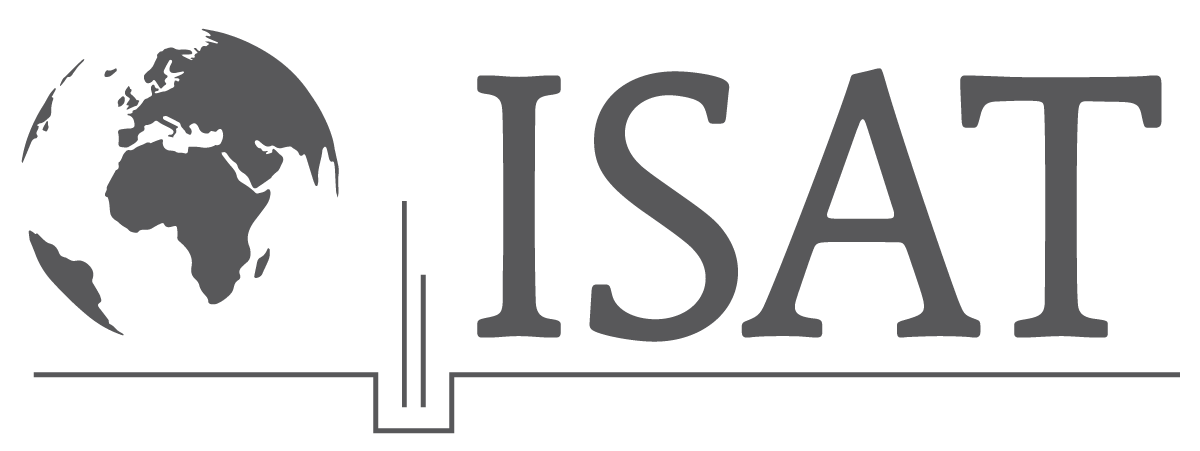
The role of Trichology in Hair Restoration Surgery
Surgical treatment of baldness has sixty years of tradition already. The undeniable advantage of this area is spectacular efficacy. The latest techniques in hair transplant and hair implanting guarantee a very natural effect. Number of potential patients expanded greatly over the years. Both adult and young patients /the process of baldness is in the early stages/ can benefit from surgical therapy.
The positive role of adjuvant therapies is well known for many years.
These therapies are domain of trichology which creates new perspectives for people suffering from hair growth disorders. It is applicable in the following situations:
- Treatment of patients who are in the early stages of baldness and do not require surgery yet. Here trichology therapy can slow the process of hair loss or even postpone surgery for many years.
- Preparing a patient for surgery. Many times patients eligible for hair transplantation have various diseases of the scalp. This type of process can significantly impair the effectiveness of the treatment. Trichology therapy improves the condition of the scalp and has a positive effect on the results of hair transplant and also reduces the risk of complications after surgery.
- The parallel use of surgical treatment and trichology treatment allows to multiply the effects of therapy. After all, hair transplant restores irretrievably fallen hair while trichology therapy “rescues” weakened hair. The combination of these two treatments, gives a better result than either of them alone
- Trichology is used to treat patients after hair transplant. It is a professional way to support surgical treatment.
- Trichology diagnostics are used in case of insufficient re-growth of the transplanted hair. Many times it helps to clarify the causes of unsatisfactory effects and allow for the implementation of appropriate therapy.
Modern hair restoration surgery does not work alone. As a surgeon performing hair transplants I found trichology treatments very useful in everyday practice.
The whole therapy is more effective – increasing the level of patient satisfaction.
Jerzy Kolasiński MD
